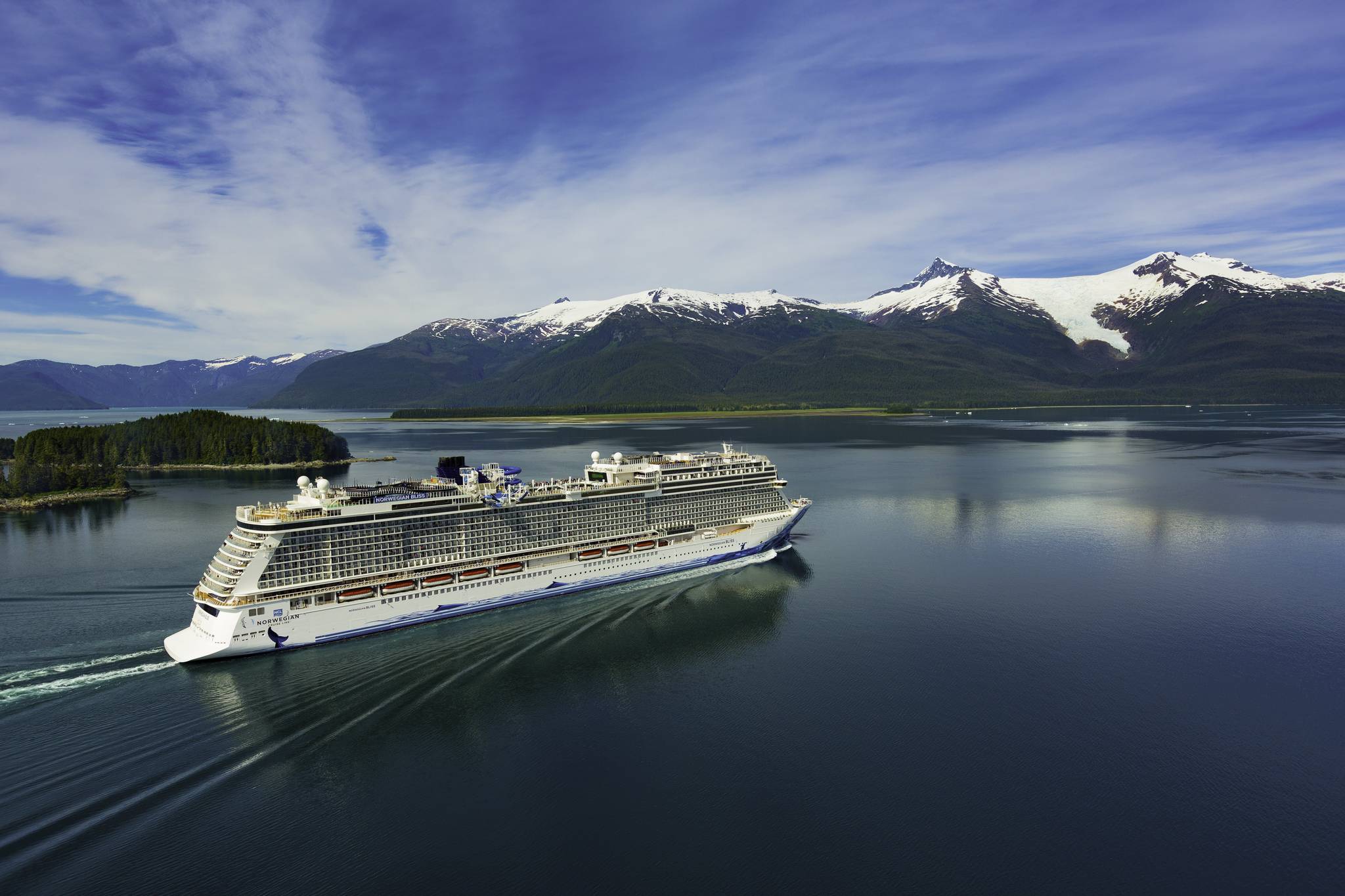Cruise ships are again sailing to Alaska, and according to the world’s largest cruise industry trade association, cruise lines spent the duration of the pandemic studying how to do so safer and healthier. That includes the implementation of new policies and technologies that will likely outlast the pandemic, according to Brian Salerno, senior vice president of global maritime policy with Cruise Lines International Association, who recently spoke to the Empire about the resumption of the cruise ship season.
“The industry overall, all the individual lines, has been really studying and learning everything they can for over the past year,” Salerno said in a phone interview Friday. “That includes working with world-class epidemiologists to identify ways to make them healthier and safer.”
Salerno said the cruise lines headed for Alaska — about 78 voyages are scheduled from July to October — have worked with the Centers for Disease Control and Prevention and local communities to create plans for the event of an outbreak of COVID-19 specific to each community. There were a series of requirements cruise lines need to fulfill before they were even granted permission to sail, Salerno said, and several cruise lines will have Alaska-specific requirements for passengers.
Some cruises will require all their passengers to be vaccinated, Salerno said, but some cruises are catering to families traveling with children, who are not yet able to receive vaccines. Under CDC regulations, at least 95% of a ship’s crew must be vaccinated and many ships have onboard testing for crew and passengers. Salerno said the 5% window was left due to frequent staff turnover, but he said unvaccinated crew members will quarantine until vaccinated or undergo regular testing.
“All of our indications suggest all the adults will be vaccinated, that level of vaccinations will be very high,” Salerno said.
The CDC’s conditional sail order still requires cruise lines to make arrangements with local communities and medical facilities there over what to do in the event of an outbreak. Salerno noted that even vaccinated people have tested positive for COVID-19, but cruise lines are required to be prepared.
“Those types of arrangements are made in advance, and they’re well understood by the crew what measures would need to be taken,” Salerno said. “There’s a whole list of precautionary measures that work in combination with each other. You’d be pretty hard-pressed to find the same level of protection in any other vacation venue.”
Some cruise lines have begun using technologies such as cashless payments and touchless door locks that will hopefully decrease the spread of germs. It’s those kinds of technologies Salerno said would probably outlast the pandemic as the industry plans for public health issues in the future.
The first large cruise ship, Norwegian Cruise Line’s Serenade of the Seas, is set to arrive in Juneau on Friday, July 23, and while state and local governments have celebrated their return, the ships and the tourism industry aren’t universally loved in the community. A petition to put three ballot initiatives severely limiting the schedule for cruise ships was circulated earlier this year but was met with strong resistance from business groups.
Salerno said he’s aware of the tension that can exist between cruise ship companies and local authorities and said that’s an area where both sides need to work together. But those relationships are usually negotiated on a company by company basis, he said, and CLIA as a trade organization isn’t necessarily involved.
“As a general rule the industry does put a lot of emphasis on community acceptability,” Salerno said.
Venice, Italy, recently announced it would ban large cruise ships from sailing into the city beginning Aug. 1, the Associated Press reported, with local authorities citing the impact of the ships on the local environment.
“Venice is a good example of how the industry and local authorities really have to work together. We’ve been looking for alternative routes to Venice for years, we want the local communities to welcome us and not view cruise ships with a degree of apprehension.”
Sustainability is a high priority for the industry, according to Salerno, who said a lot of research is being put into cleaner-burning fuels such as Liquid Natural Gas and reducing carbon footprints. Most modern cruise ships have or can be retrofitted to plug into shoreside power, Salerno said, and while only a few ports have currently have the capability, CLIA believes the practice is going to grow.
Plugging into shoreside power means ships can shut off their engines while in port and not discharge exhaust into the air. It has been a priority for several groups in Juneau, including the city government. There’s only one electrified dock in Juneau and it’s owned by Princess Cruise Lines, but the City and Borough of Juneau Assembly just approved a match for possible federal funding to electrify two city-owned docks. Norwegian Cruise Line has said electrification is a priority for the company’s planned dock project.
There’s debate over how infrastructure projects that support the industry should be funded, Salerno said, but the industry overall wants to be a partner for long-term success.
Salerno said the cruise industry brings an enormous economic benefit to Alaska with some surveys showing roughly 60% of the economy of Southeast Alaska being impacted by the tourism industry.
“That’s pretty significant, it represents a lot to local economies, local jobs that are supported by cruise ships,” Salerno said. “We’re happy to have the opportunity to return to Alaska, it took a lot.”
• Contact reporter Peter Segall at psegall@juneauempire.com. Follow him on Twitter at @SegallJnuEmpire.

